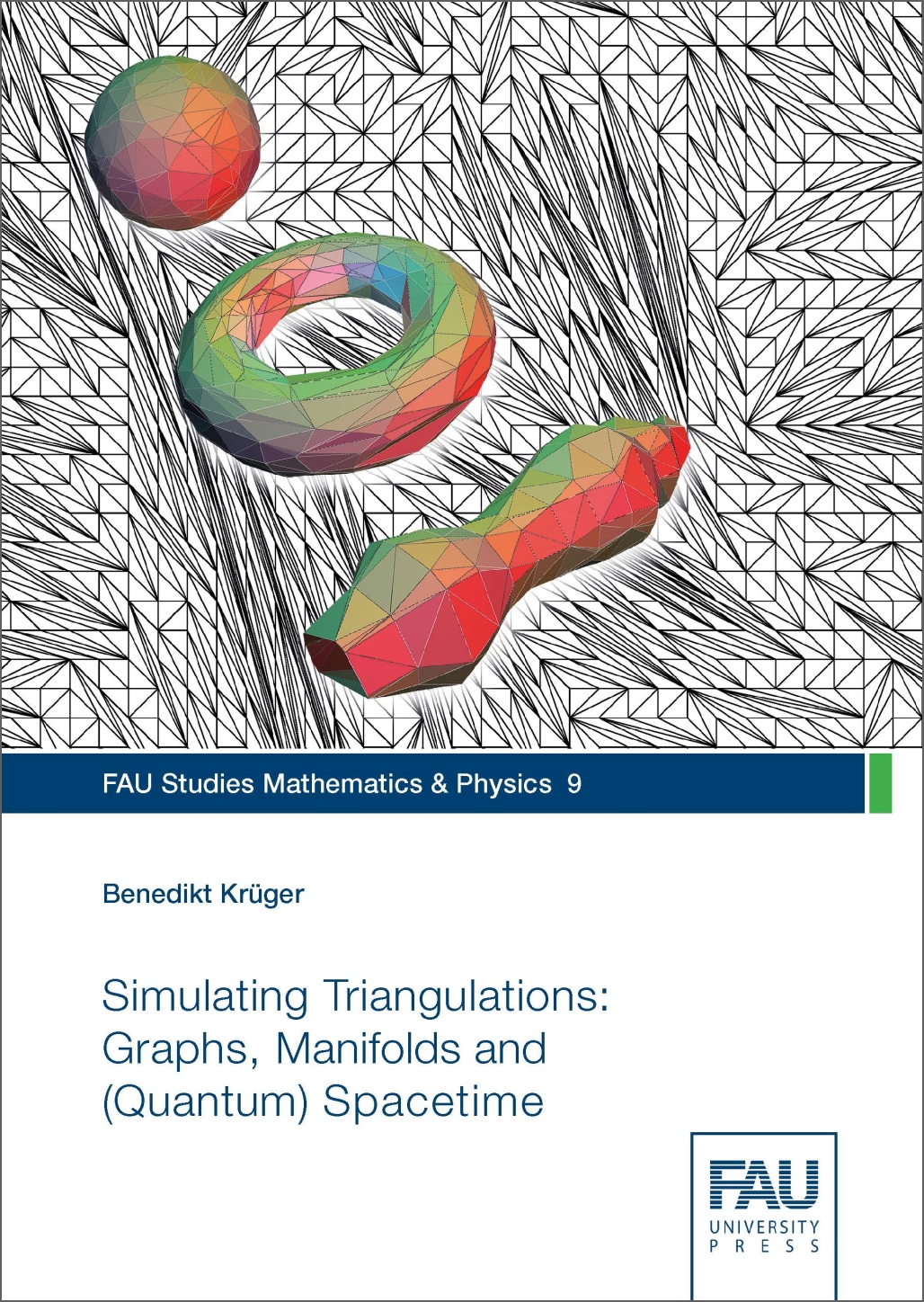Description
Triangulations, which can intuitively be described as a tessellation of space into simplicial building blocks, are structures that arise in various different branches of physics: They can be used for describing complicated and curved objects in a discretized way, e.g., in foams, gels or porous media, or for discretizing curved boundaries for fluid simulations or dissipative systems. Interpreting triangulations as (maximal planar) graphs makes it possible to use them in graph theory or statistical physics, e.g., as small-world networks, as networks of spins or in biological physics as actin networks. Since one can find an analogue of the Einstein-Hilbert action on triangulations, they can even be used for formulating theories of quantum gravity. Triangulations have also important applications in mathematics, especially in discrete topology.
Despite their wide occurrence in different branches of physics and mathematics, there are still some fundamental open questions about triangulations in general. It is a prior unknown how many triangulations there are for a given set of points or a given manifold, or even whether there are exponentially many triangulations or more, a question that relates to a well-defined behavior of certain quantum geometry models. Another major unknown question is whether elementary steps transforming triangulations into each other, which are used in computer simulations, are ergodic.
Using triangulations as model for spacetime, it is not clear whether there is a meaningful continuum limit that can be identified with the usual and well-tested theory of general relativity.
Within this thesis some of these fundamental questions about triangulations are answered by the use of Markov chain Monte Carlo simulations, which are a probabilistic method for calculating statistical expectation values, or more generally a tool for calculating high-dimensional integrals. Additionally, some details about the Wang-Landau algorithm, which is the primary used numerical method in this thesis, will be examined in detail.


Reviews
There are no reviews yet.